Table of Contents
Tools vocabulary refers to the names of various instruments used for construction, repair, and maintenance. Understanding these terms is essential for effective communication in technical fields, DIY projects, and daily tasks. It helps in identifying, selecting, and using the right tools safely and efficiently in different work environments.
List of Tool Names in English
- Hammer
- Screwdriver
- Wrench
- Pliers
- Saw
- Drill
- Tape measure
- Level
- Chisel
- Utility knife
- Clamp
- Axe
- File
- Spanner
- Mallet
- Trowel
- Socket wrench
- Allen key (Hex key)
- Hacksaw
- Crowbar
- Pipe wrench
- Wire cutter
- Sledgehammer
- Box cutter
- Spirit level
- Calipers
- Bolt cutter
- Vice grip
- Torque wrench
- Hand plane
- Measuring tape
- Plunger
- Putty knife
- Rasp
- Screw gun
- Rivet gun
- Stud finder
- Paintbrush
- Scraper
- Tongs
- Anvil
- Jack
- Nail gun
- Blowtorch
- Heat gun
- Multimeter
- Sandpaper
- Bench vise
- Tool belt
- Safety goggles
- Gloves
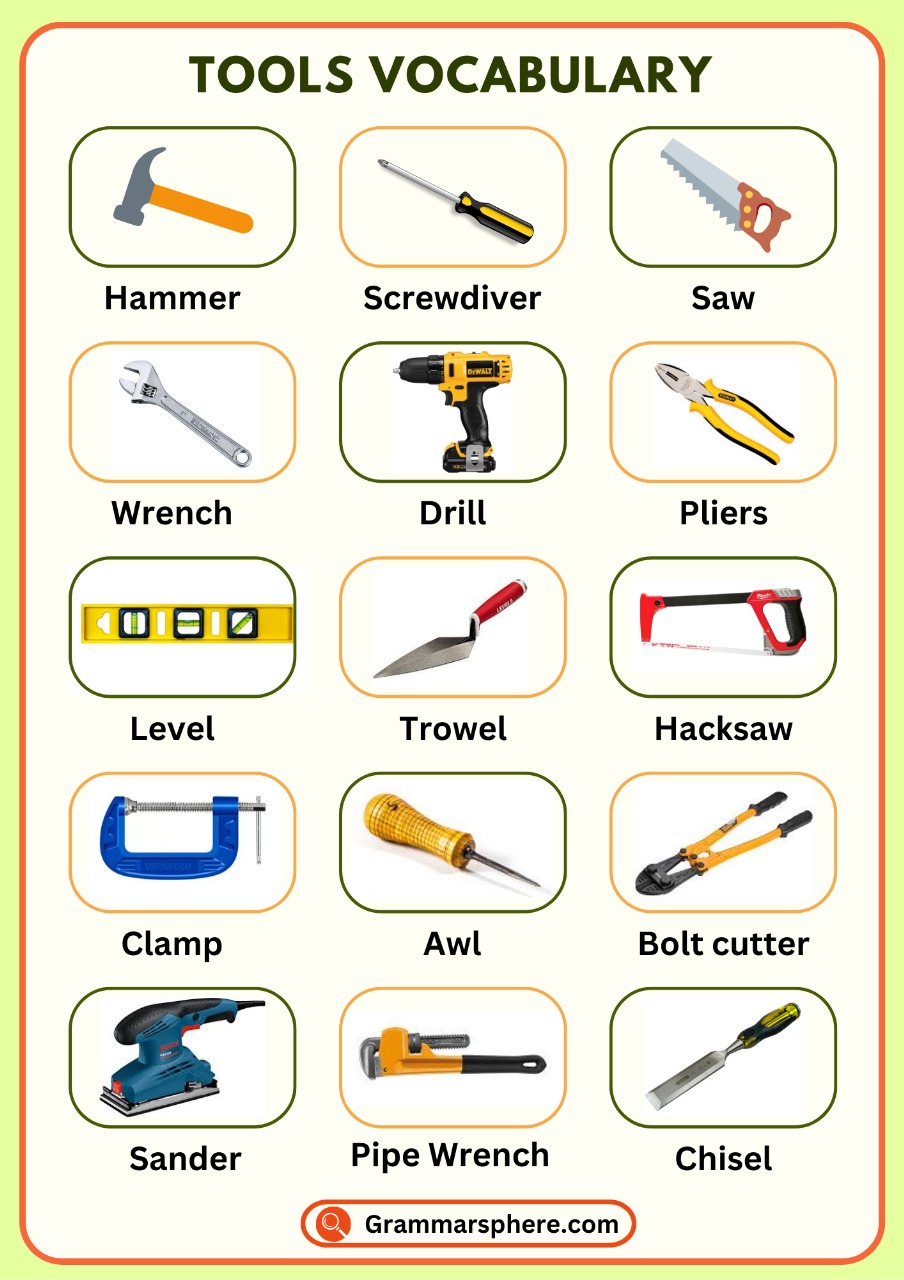
Tools Vocabulary with Description
| Tool Name | Description |
|---|---|
| Hammer | Used for driving nails, breaking objects, or shaping metal. |
| Screwdriver | Used for turning screws; comes in flathead and Phillips types. |
| Wrench | Used for gripping and turning nuts and bolts. |
| Pliers | Used for gripping, bending, and cutting wires or small objects. |
| Saw | Used for cutting wood, metal, or plastic. |
| Drill | Used for making holes in various materials; can be electric or manual. |
| Tape Measure | Used for measuring lengths and distances. |
| Level | Ensures surfaces are straight and aligned properly. |
| Chisel | Used for carving or cutting hard materials like wood and stone. |
| Utility Knife | A sharp, retractable knife used for cutting various materials. |
| Clamp | Holds objects tightly in place while working on them. |
| Axe | Used for chopping wood or cutting large objects. |
| File | Used for smoothing and shaping rough edges on metal, wood, or plastic. |
| Spanner | A type of wrench used for turning nuts and bolts. |
| Mallet | A rubber or wooden hammer used for gentle force without damage. |
| Trowel | Used for applying and spreading cement or plaster. |
| Socket Wrench | A wrench with interchangeable sockets for different bolt sizes. |
| Allen Key (Hex Key) | Used for driving hexagonal socket screws. |
| Hacksaw | A fine-toothed saw used for cutting metal and plastic. |
| Crowbar | A heavy-duty metal bar used for prying and lifting objects. |
| Pipe Wrench | A wrench designed for gripping and turning pipes. |
| Wire Cutter | Used for cutting electrical wires and cables. |
| Sledgehammer | A large, heavy hammer used for demolition work. |
| Box Cutter | A small, retractable knife used for cutting cardboard and packaging. |
| Spirit Level | Ensures that surfaces are perfectly horizontal or vertical. |
| Calipers | Used for precise measurements of small objects. |
| Bolt Cutter | Used for cutting through thick metal bolts and chains. |
| Vice Grip | A locking plier used to hold objects firmly. |
| Torque Wrench | Used to apply a specific amount of force to nuts and bolts. |
| Hand Plane | Used for smoothing and shaping wood surfaces. |
| Measuring Tape | Flexible ruler used for measuring distances. |
| Plunger | Used for unclogging drains and toilets. |
| Putty Knife | Used for applying and smoothing putty or filler. |
| Rasp | A coarse file used for shaping wood and other materials. |
| Screw Gun | A power tool designed for driving screws quickly. |
| Rivet Gun | Used for fastening rivets to join metal or plastic parts. |
| Stud Finder | A device used to locate studs behind walls. |
| Paintbrush | Used for applying paint to surfaces. |
| Scraper | Used for removing paint, glue, or other materials from surfaces. |
| Tongs | Used for gripping and lifting hot or small objects. |
| Anvil | A heavy metal block used for shaping metal. |
| Jack | Used for lifting heavy objects, like cars, for repairs. |
| Nail Gun | A power tool used for driving nails quickly into wood or other materials. |
| Blowtorch | Used for applying high heat in welding and soldering. |
| Heat Gun | Emits hot air for stripping paint, shrinking plastic, or drying materials. |
| Multimeter | An electrical tool used to measure voltage, current, and resistance. |
| Sandpaper | Used for smoothing rough surfaces. |
| Bench Vise | A clamp-like tool used for holding objects securely in place. |
| Tool Belt | A wearable belt with pouches for carrying tools conveniently. |
| Safety Goggles | Protective eyewear to prevent injury from dust and debris. |
| Gloves | Protective handwear to prevent injuries while working. |
Tools Vocabulary by Type
Hand Tools
- Hammer
- Screwdriver
- Wrench
- Pliers
- Chisel
- Handsaw
- Tape Measure
- Utility Knife
Power Tools
- Drill
- Circular Saw
- Jigsaw
- Angle Grinder
- Impact Driver
- Sander
- Nail Gun
- Rotary Tool
Cutting Tools
- Hacksaw
- Bolt Cutter
- Wire Cutter
- Utility Scissors
- Chisel
- Shears
- Snips
Measuring Tools
- Ruler
- Tape Measure
- Vernier Caliper
- Micrometer
- Spirit Level
- Protractor
- Measuring Wheel
Fastening Tools
- Screwdriver
- Wrench
- Allen Key (Hex Key)
- Rivet Gun
- Staple Gun
- Clamps
Gardening Tools
- Shovel
- Rake
- Hoe
- Pruning Shears
- Trowel
- Garden Fork
- Sprayer
Masonry Tools
- Trowel
- Brick Hammer
- Float
- Mason’s Chisel
- Concrete Mixer
- Jointing Tool
Electrical Tools
- Wire Stripper
- Multimeter
- Soldering Iron
- Circuit Tester
- Voltage Detector
- Crimping Tool
Automotive Tools
- Lug Wrench
- Jack
- Torque Wrench
- Oil Filter Wrench
- Brake Bleeder Kit
- Tire Pressure Gauge
Plumbing Tools
- Pipe Wrench
- Plunger
- Pipe Cutter
- Teflon Tape
- Basin Wrench
- Drain Snake
Commonly Used Tools in Daily Life
- Hammer – Used for driving nails into surfaces.
- Screwdriver – Helps tighten or loosen screws.
- Wrench – Used to grip and turn nuts and bolts.
- Pliers – Helps in gripping, twisting, or cutting wires.
- Measuring Tape – Used for accurate measurements.
- Scissors – Helps in cutting materials like paper and fabric.
- Drill – Used for making holes in surfaces.
- Saw – Helps in cutting wood or metal.
- Utility Knife – Used for precision cutting.
- Flashlight – Provides light in dark areas.
Importance of Learning Tools Vocabulary
Learning tools vocabulary is essential for clear communication, workplace efficiency, and safety. It helps professionals and DIY enthusiasts understand, use, and maintain tools correctly.
Knowing the right terms prevents accidents, improves problem-solving skills, and enhances productivity in technical fields like construction and mechanics. It also supports career growth and makes handling repairs and projects easier.
How to Identify Tools by Name and Use
To identify tools by name and use, observe their shape, size, and design. Hand tools like hammers and wrenches have distinct handles, while power tools like drills and saws require electricity or batteries. Measuring tools, such as rulers and tape measures, help with precision.
Understanding their purpose—cutting, fastening, measuring, or shaping—also helps in proper identification.
FAQs
1. What is Tools Vocabulary?
Tools Vocabulary refers to the names of various tools used in construction, mechanics, and daily tasks, helping in better communication and understanding.
2. Why is learning Tools Vocabulary important?
It improves workplace communication, enhances safety, and helps in understanding tool functions for various tasks.
3. How can I learn Tools Vocabulary easily?
You can learn by reading tool lists, using images, practicing with real tools, and engaging in vocabulary exercises.
You May Also Like

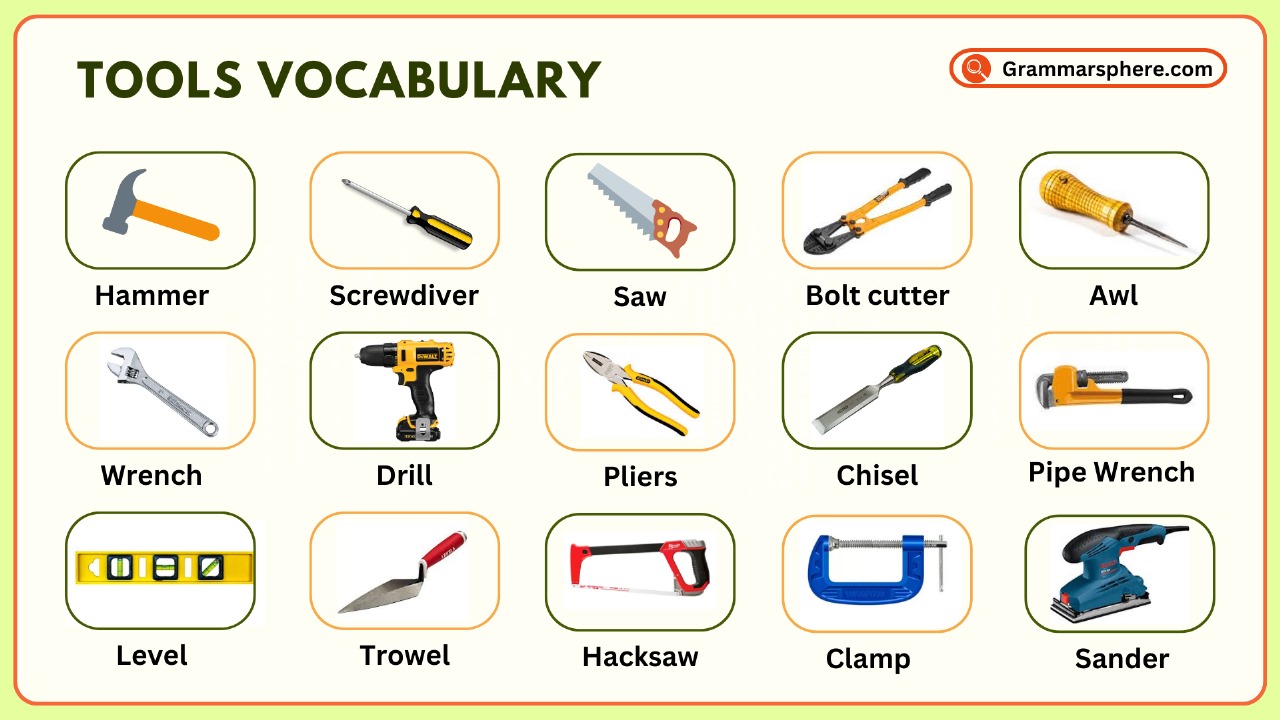

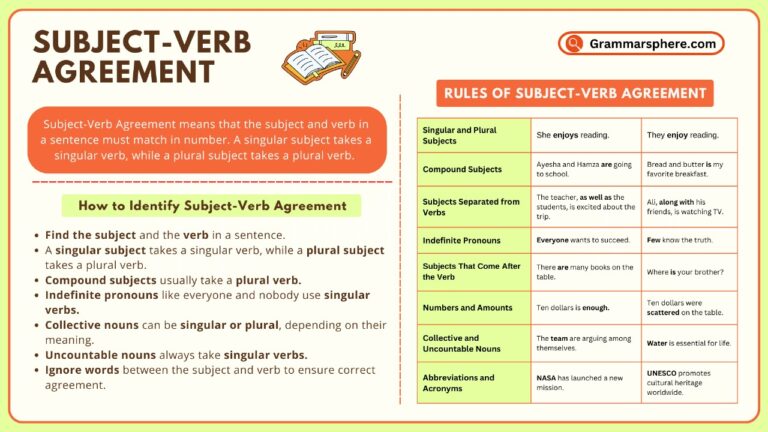
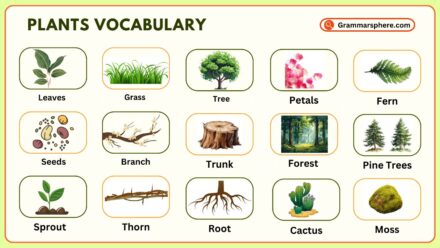
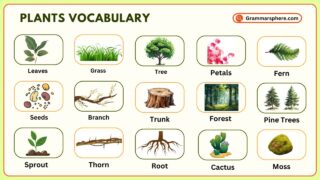
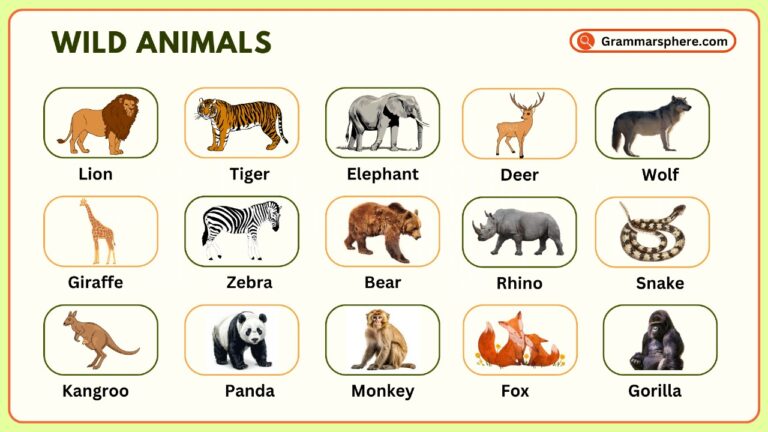
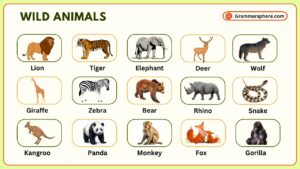
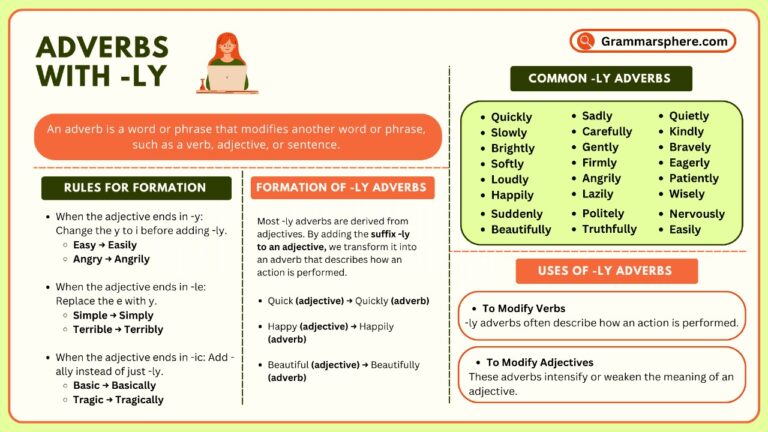

Leave a Comment